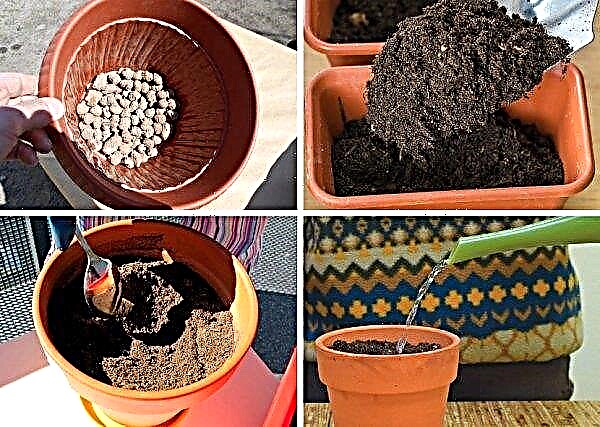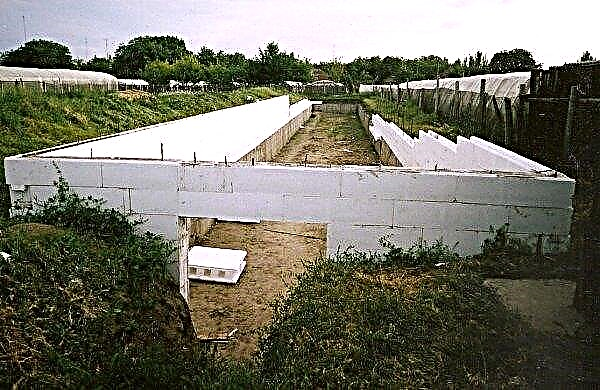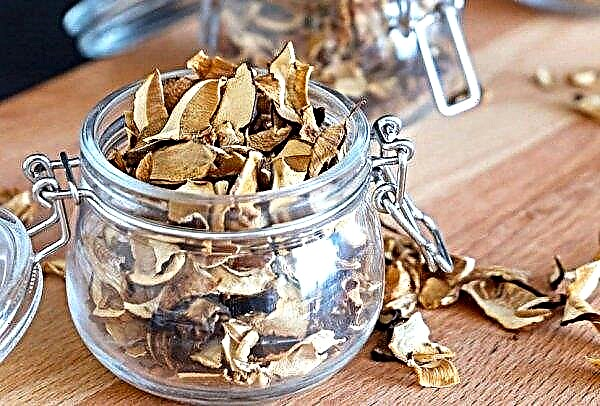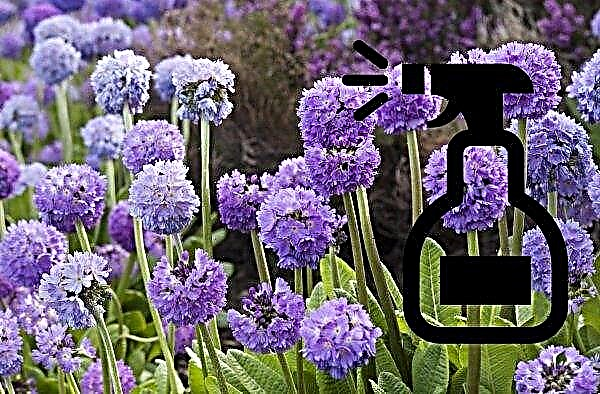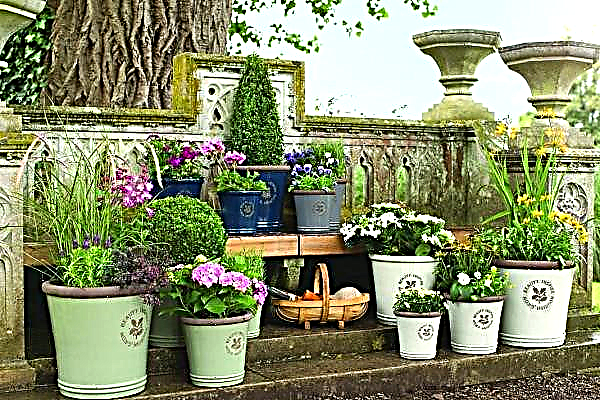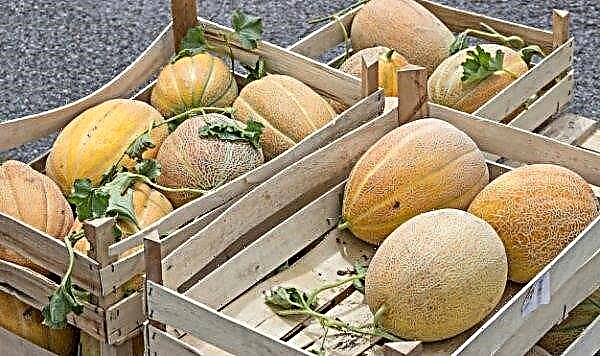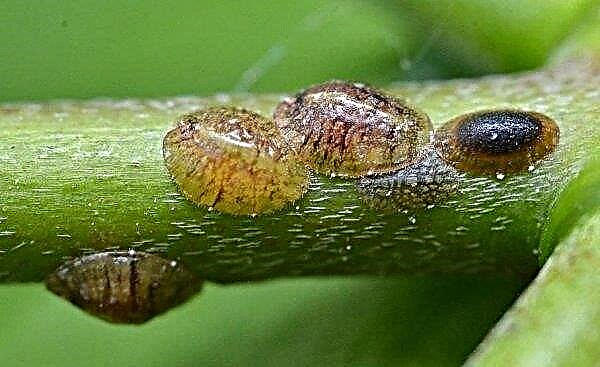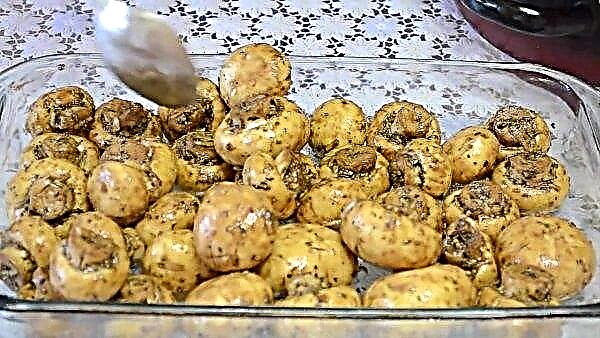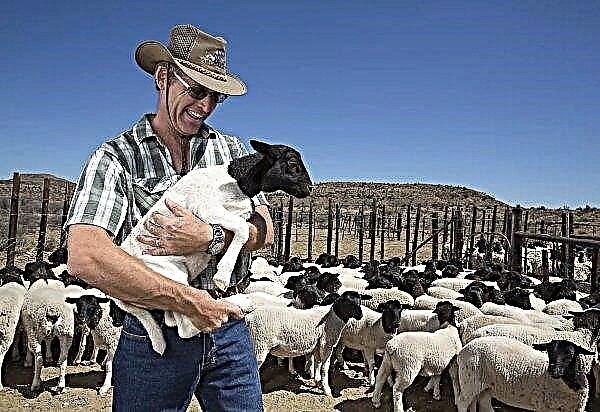Rutabaga and turnip are very similar to each other. But actually these are two different vegetables. Both cultures have a special set of beneficial elements and vitamins. They are quite popular and are grown by many gardeners. What is the difference between these cultures, let's try to figure it out.
Description and features of crops
For many, the fact that these root crops belong to the cabbage family will probably be a discovery. And although outwardly they are similar, they still have some differences. Consider the features of each culture separately.
Turnips
This vegetable is cruciferous. In the first year after planting, it forms a nest of root foliage and root crops, and in the second year - a flower shoot and grains. This culture is so unpretentious that the people even have the expression "simpler than a steamed turnip."
Turnip fruits are fleshy, various in size, most often have a flat or flat-rounded shape, the average weight of one fruit reaches 700–900 g. Tubers are not deeply buried in the soil.Did you know? This root crop in ancient Rome was actively grown on the same level with crops. Some varieties had fruits that reached impressive (up to 16 kg) sizes. It was from large-fruited forms in the future that fodder varieties appeared.
The color of the fruit can be yellow, green, pink. Tops has a purple, copper, green hue. The flesh of the fruit is juicy, yellow or white, sweetish, with a deficiency of moisture it may be bitter.
This root crop is a photophilous, frost-and heat-resistant crop. Seedlings begin to germinate at + 2 ... + 4 ° C and tolerate frosts to -2 ° C (adult sprouts - up to -4 ... -6 ° C). The ideal temperature for fruit formation is + 18 ... + 20 ° C.
Gardeners appreciate this vegetable for precocity. Early varieties ripen in 55-60 days, and later in 70-80 days.
Swede
This root crop is also called Swedish turnip. This vegetable is slightly larger and has a soft orange flesh. In fact, this is a hybrid of turnip and wild cabbage.
Rutabaga is grown mainly in the northern regions, where they receive the most delicious fruits. The root crop develops in the same way as its progenitor: in the first year, the appearance of an edible fruit, in the second, the growth of shoots and seeds. The ripening period is 3 months.
The fruits are fleshy, dull green or red-violet. The shape may be cylindrical or plano-circular.Important! The yellow pulp of the root vegetable is eaten, and the white is fed to livestock.
The pulp is light. The mass of the nutrient in feed forms reaches 20 kg.

What is the difference between rutabaga and turnips
For all the apparent similarities, these are still two different root crops. What is their difference, you can find out by studying more carefully their chemical composition, origin and scope.
Appearance
The main external difference between rutabaga and turnip is size. Rutabaga is more like sugar beets. Its root crops are much larger, and the flesh is darker, closer to carrot shades. In addition, rutabaga is sweet and not bitter.
Chemical composition
Root crops are almost identical in concentration of proteins, carbohydrates and fats, their main difference is the chemical composition.
Turnip contains more calcium and there is vitamin A, which is absent in swede. The fruits also contain a lot of succinic and nicotinic acid, sugar.
Rutabaga is superior to its ancestor in the number of mineral components (phosphorus, potassium, sodium, iron, calcium, sulfur) and vitamin C. It also has carotene and vitamin PP, which can last for a long time.Did you know? Every year in November in Switzerland, the Raben-Chilbi festival, dedicated to rutabaga, is held. In 2004, this festival was held for the hundredth time.
Application
Initially, rutabaga was bred as a more satisfying and large substitute for turnip, so it is most often used for cattle feeding, where volumes are important.
At the same time, the feed form of turnips - turnip, which is successfully grown all over the world, has also been bred.
Turnips are also used as a folk remedy for the prevention of diseases of the gastrointestinal tract, pancreas, kidneys, liver, edema and atherosclerosis.
Despite the feed purpose, many gardeners grow rutabaga in their areas and prefer it because it is more nutritious.
Swede is considered an excellent diuretic and expectorant. Fresh root juice is used to heal wounds and burns.
Important! You can not eat swede and turnip with complications of intestinal inflammation. They can be harmful in acute hepatitis, inflammation of the gallbladder, and pathologies of the central nervous system.
Origin
Differences between rutabaga and turnips exist not only in appearance and chemical composition, but also in origin.
There is a hypothesis that rutabaga appeared from spontaneous crossing of ordinary wild cabbage and one of the turnip varieties. Some scholars claim that the first mention of this culture dates back to 1620. That year, in the work "Prodromus theatri botanici", a Swiss scientist K. Baugin mentioned this root crop.
There is also a theory that rutabaga is a native of Siberia, from where it came to the Scandinavian Peninsula. As a weed in its natural nature, the root crop grows only in certain areas of North Africa.
Turnip in Europe was cultivated for a long time, according to some reports, long before the Romans arrived there.
What's better
It is difficult to unequivocally answer this question: everything is determined by taste preferences.
Since turnip is characterized by bitter pulp, it will be more to the taste of the male part of the population.
Some people consider swede to be poor in taste. Be that as it may, experienced gardeners advise harvesting young fruits that have not yet had time to accumulate excess moisture and be fed with bitterness.
Cooking recommendations
In order for dishes from these root crops to come out not only mouth-watering, but also useful, experienced housewives share their tips:
- Rutabaga can be included in the first courses. But it is worth remembering that during heat treatment the root crop acquires a specific smell, so you need to add it very carefully.
- To remove the bitterness from turnips, before cooking it is poured with boiling water. Only after this the root crop can be stewed and baked.
- Root crops are boiled in slightly salted water (1 teaspoon of salt per 1 liter of water) to remove bitterness.
- Peel is removed from ready-made boiled root crops (peel is easier to peel from warm vegetables).
- When cutting root vegetables, it is better to use a stainless steel knife. The fact is that when exposed to iron, vitamin C is destroyed.
- So that the turnip soup puree has an ideal density, it can be supplemented with bread crumb. The bread is pre-soaked and rubbed through a sieve.
As you can see, similar cultures are actually completely different vegetables. Having understood the differences between turnips and rutabaga, you can choose a root crop to your taste.Important! Boiled swede should not be stored for more than 3 hours. After this time, all of the vitamin C contained in the vegetable is destroyed.



